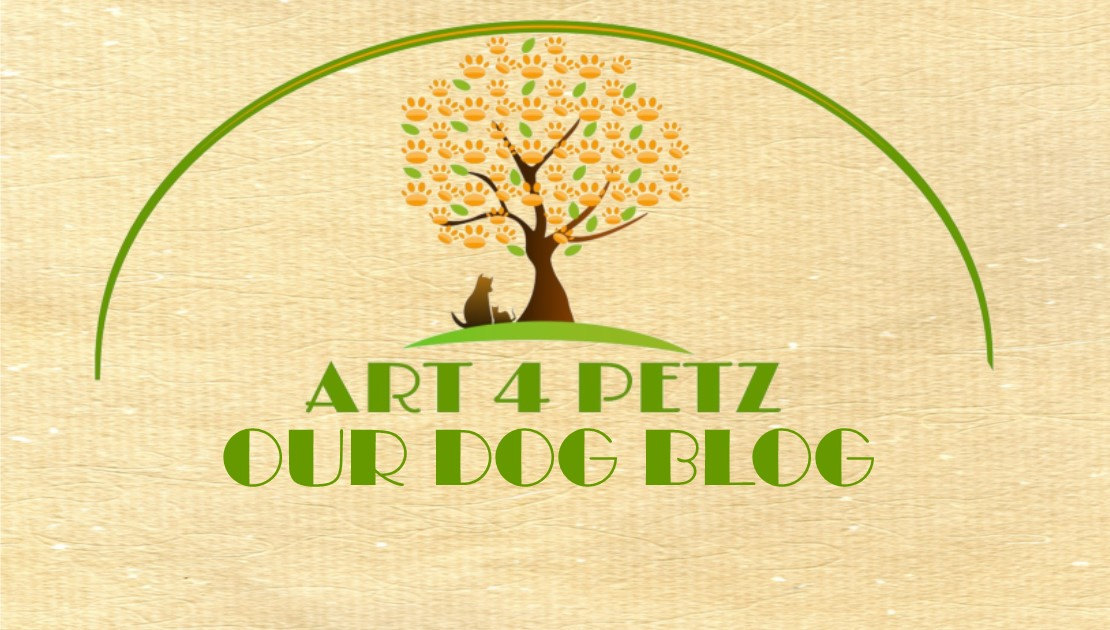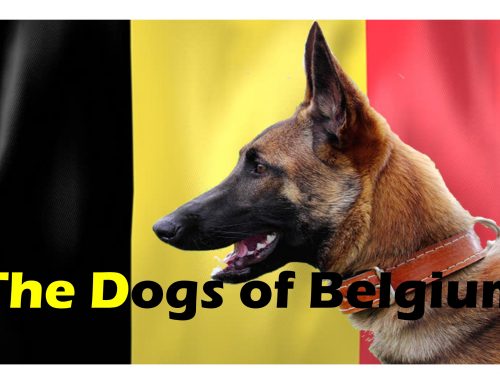
In the New York Times bestselling book ‘The Hidden Life of Dogs” by Elizabeth Marshall Thomas, she told a story about her dogs Maria and Misha. Maria and Misha became friends immediately after Misha, whose owners brought him to her house for a preliminary visit, to get him used to his new quarters before his owners left for Europe.
Maria and Misha were so taken with each other that they noticed nothing else around them. Misha didn’t even notice when his owners left. Only a week later they mated! After they came apart, they turned to each other, began to kiss, and then to frisk around the room. From the day they met, Maria and Misha ate together, went out together, and slept together. Misha’s owners could not keep him away from Maria.
When Misha’s owners came back to take him home from his preliminary visit, they had to drag him, and within an hour he was back, having jumped the fence. He and Maria found ways of going underneath the fence too. They would be gone all day, sometimes all night too, and then they would be found curled up on the front steps in the morning.
When Misha would wander off without Maria, she would wait for him, sitting by the door or looking out the window. When she saw him, she’d jumped up, so her family knew to open the door and let him in.
From observing this, Elizabeth Marshall Thomas stated that although popular prejudice might hold that romantic love, with its resulting benefit of fidelity is not a concept that can be applied to dogs, is not true. Just as much as a human love story the story of Misha and Maria shows the evolutionary value of romantic love.
That spring, when Maria’s pups were about four months old, Misha’s owners gave him away to a family in another state. He and Maria knew that something was terribly wrong when his owners came for him the last time. When she was prevented from following him out the door, she rushed to the window seat and watched Misha being forced into the car.
Maria stayed in the window for weeks thereafter, watching and waiting for Misha. At last she must’ve realized he wasn’t coming back. Something happened to her at that point. She lost her radiance and became depressed. She moved more slowly, was less responsive, and got angry rather easily at things that before she would have overlooked.
Maria never recovered from her loss, and although she never forfeited her place as alpha female, she showed no interest in forming a permanent bond with another male, even though, over the years, several eligible males joined the household.
Source: The Hidden Life of Dogs – by Elizabeth Marshall Thomas https://www.amazon.com/Hidden-Life-Elizabeth-Marshall-Thomas/dp/0547416857/ref=sr_1_1?ie=UTF8&qid=1551207639&sr=8-1&keywords=the+hidden+life+of+dogs

What are the Common Behaviors of Grief?
A few of the most common behaviors include:
- Continually checking all the places where there lost partner normally napped or rested.
- Eating more slowly and a loss of appetite
- Drinking less water
- Loss of interest in physical activity
- Disinterest and a sluggish response to humans and other pets
- Increased whining and whimpering
- Demanding more affection and becoming clingy and more needy
- Increased amount of time that they spend sleeping
- Increased aggression or negative behavior
Five Ways to Comfort Your Dog in Mourning
1. Keep a Normal Routine.
One of the most important ways to comfort your pet is to keep to a normal routine. Stick to their eating schedule and playtime.
2. Go for More Walks and Get More Exercise.
Adding walks, and more playtime will raise their serotonin levels which should have a positive impact on your dog’s behavior, as well as yours!
3. Rule Out Medical Problems.
If your dog is acting out, avoiding activity, lethargic and moping, hiding, or any other behaviors out of the ordinary, make an appointment with your veterinarian to be sure these behaviors are not a result of any medical issues.
4. Give Them Extra Attention and Love.
Be a calm and comforting force in your dog’s life by massaging and cuddling and physically calming them. It’s also helpful to let your dog feel connected to their lost companion by letting them sleep with the other dog’s blanket or toy.
5. Enlist the Help of a Dog Behaviorist and Pet Caretakers.
If a dog’s grief and accompanying behavior goes on for too long you may want to consult with a professional for advice. And, if you have to go to work every day and leave your dog alone at home, you may want to hire a pet sitter or a local dog walker to keep your pet occupied while you’re gone.
Just like us, each dog is its own unique self and can react differently to loss and stress, from seeming completely normal to falling into a deep depression.
So be kind and read the signs and your pup should recover in due time.
Sign up at the top of our Blog Page and save 20%off site-wide!






